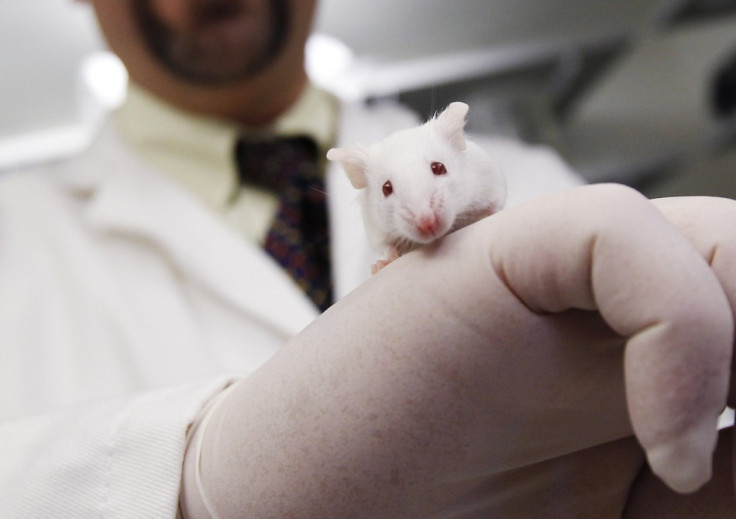First laboratory-grown muscle could mean breakthrough for treating muscular disorders

An international team of scientists has succeeded in growing a leg muscle in a laboratory which could prove to be a breakthrough in helping patients with muscular disorders.
Researchers from the United Kingdom, Israel and Italy created a functional skeletal muscle for a mouse. They formed the cells in a dish to produce a graft, which was then implanted on to a skeletal muscle where the new muscle then grew.
Muscle precursor cells known as mesoangioblasts grew in hydrogel, which is the scaffolding in tissue engineering. The cells were modified to produce a catalyst that encourages nerve and blood vessel growth, according to Science Daily.
Once the cells were grafted to the host, a new muscle was formed in several weeks, replacing the damaged tissue.
Cesare Gargioli of the University of Rome and co-author of the study said: "The morphology and the structural organisation of the artificial organ are extremely similar to if not indistinguishable from a natural skeletal muscle."
European Molecular Biology Organization (EMBO) member Giulio Cossu, who is one of the authors of the study, qualified the breakthrough (muscle growth under such circumstances has never been achieved before).
He said: "While we are encouraged by the success of our work in growing a complete intact and functional mouse leg muscle we emphasise that a mouse muscle is very small and scaling up the process for patients may require significant additional work."
The next step in the process is to test the method on larger animals.
© Copyright IBTimes 2024. All rights reserved.






